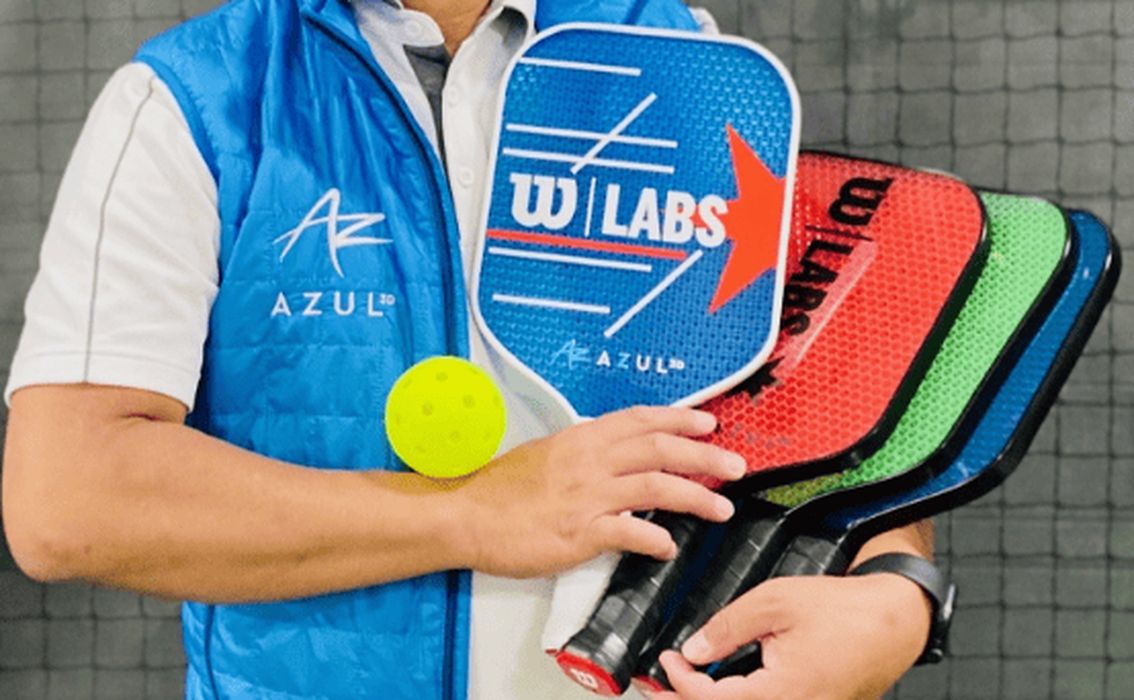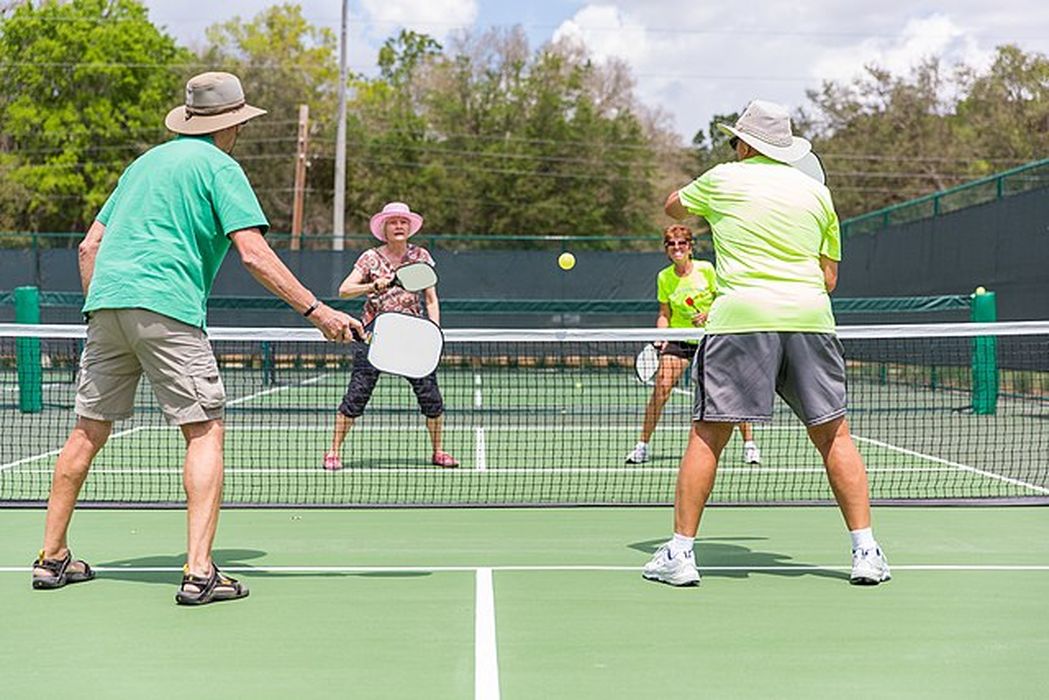
Preeti Sulibhavi and Maya Gerber take a deep dive into Swimply’s innovative expansion from pool rentals to pickleball courts and how 3D printing is transforming the sports equipment market.
Since its inception in 2018, Swimply has been at the forefront of swimming pool technology by pioneering a platform that enables pool owners to rent their backyard oases while they are not using them, thereby offering other pool-seekers the chance to enjoy these private retreats as well.
Following Airbnb’s successful model, Swimply empowers its users to transform what could otherwise be an expensive and high-maintenance backyard into a lucrative source of income.
When Swimply discovered that the main problem that many pickleball enthusiasts were experiencing was the inability to find empty courts to play on, it aimed to fix the problem.
Recognizing the growing demand for these “backyard” courts, Swimply now provides court-owners the opportunity to earn substantial income. Potential monthly earnings can reach $5,000 per month in some cases.
Swimply’s expansion beyond pool rentals into tennis, basketball, and pickleball courts, as well as home rentals, allows court owners to maximize the utility of their properties, while also offering various amenities for additional fees.
Additional amenities may include speakers, firepits, rackets, paddles, balls, and more. It is these extra items that court owners can provide that create more 3D printing opportunities.
Swimply’s strategic diversification not only enhances owner’s earnings but also taps into the expanding market, which was valued at approximately US$1.32 billion, globally, in 2022.
There are currently about 13.6 million players (with about 36.5 million people having played pickleball at least once in 2023 alone), and that number is expected to grow in tandem with the sport’s popularity and infrastructure development (according to LinkedIn).
Pickleball Mania and 3D Printing
While the move to expand its offerings to include pickleball courts does have some risks, Swimply’s move comes amidst a significant surge in pickleball’s popularity. This is evidenced by it being named the fastest-growing sport in America for the third year in a row. Pickleball’s accessibility and ease of learning have contributed to its widespread appeal, with participation growing by an average of 85.7 percent in 2022 alone, according to the Sports and Fitness Industry Association (SFIA).

Taking Advantage of 3D Printing
The pickleball paddle market is expected to skyrocket through 2028, presenting a lucrative opportunity for the 3D printing industry to act on. Wilson Sporting Goods and Azul 3D have teamed up to apply 3D printing to the sport. They are working to improve paddle design and function by applying the five key pillars of 3D printing: part consolidation, novel geometries, customization, digital inventory, and localized manufacturing.
Wilson Sporting Goods is at the forefront of 3D printing in racquet-based sports, allowing customers to purchase a customizable racquet in a streamlined production process. Both tennis and pickleball enthusiasts can enjoy the expansion of 3D Printing. Innovations in the tennis racket industry are progressing, as presented in this prior Fabbaloo article. Pickleball is expected to follow similarly.
Read more about the potential for 3D printing in pickleball in our previous article here.
R&D Tax Credits
Utilizing 3D printing can significantly enhance a company’s eligibility for R&D Tax Credits. The wages of technical staff engaged in creating, testing, and refining 3D printed prototypes can be allocated based on the percentage of eligible time spent, qualifying for the credit. Similarly, time spent integrating 3D printing hardware and software to enhance processes is considered an eligible R&D activity. Additionally, costs incurred from the use of filaments in modeling and preproduction stages can be recovered.
Whether utilized for prototype development or final production, the adoption of 3D printing serves as a strong indicator of eligible R&D activities. Companies incorporating this technology should explore leveraging R&D Tax Credits to maximize their benefits.
Conclusion
Swimply continues to evolve its platform to cater to the whimsical recreational preferences of sports enthusiasts, thereby positioning itself as a pivotal player in the shared economy of leisure spaces and amenities. Swimply allows pickleball enthusiasts to enjoy the sport without having to pay fees to play on public courts and often eliminates the need for players to purchase their own racquets or paddles. The concept of Swimply benefits both players and homeowners who have unused courts, allowing them to leverage multiple backyard amenities while doing so. It will be interesting to see what other market sectors Swimply “dips its feet in,” as it is already looking forward to expanding into music studios and event spaces soon. Even more 3D printing opportunities are to come!
